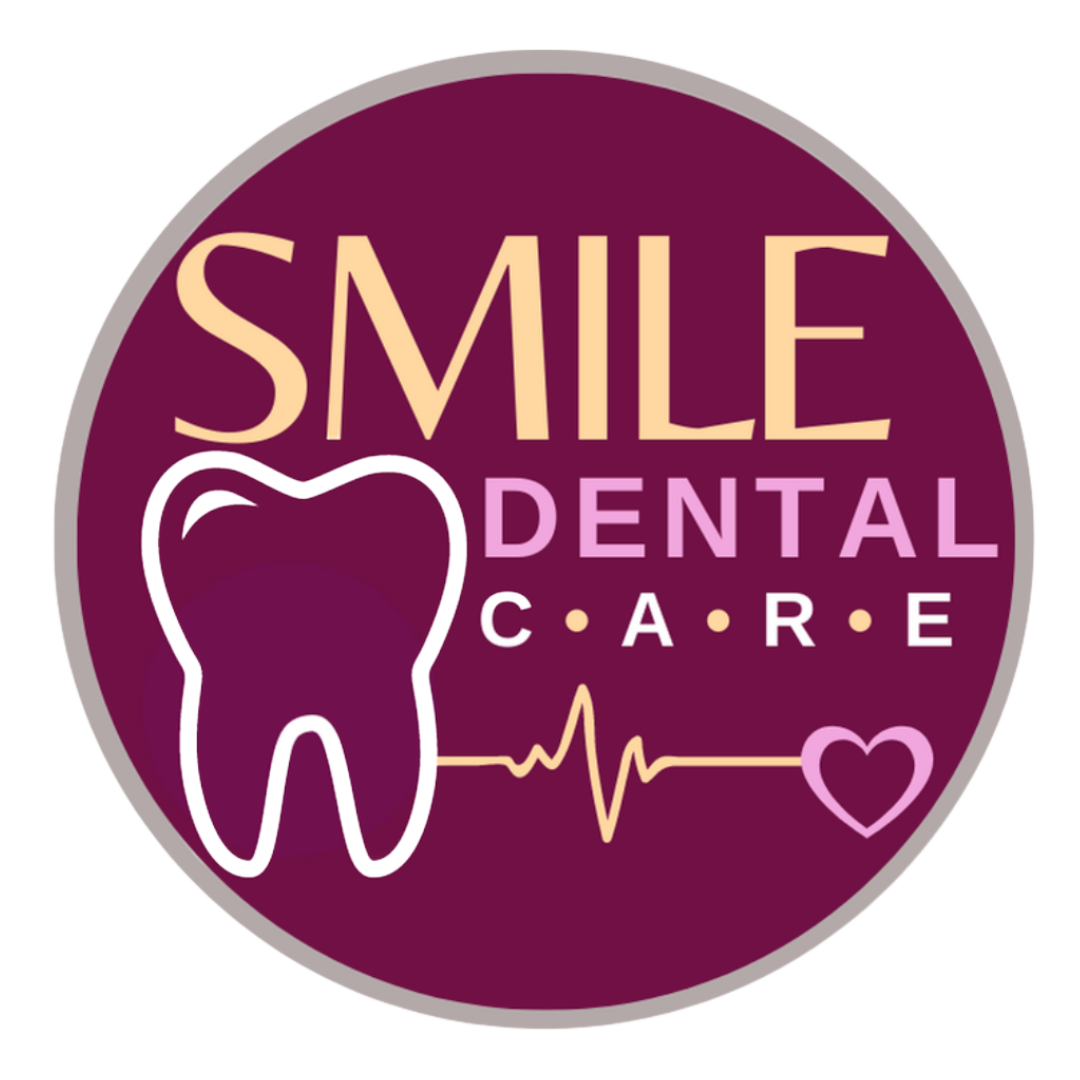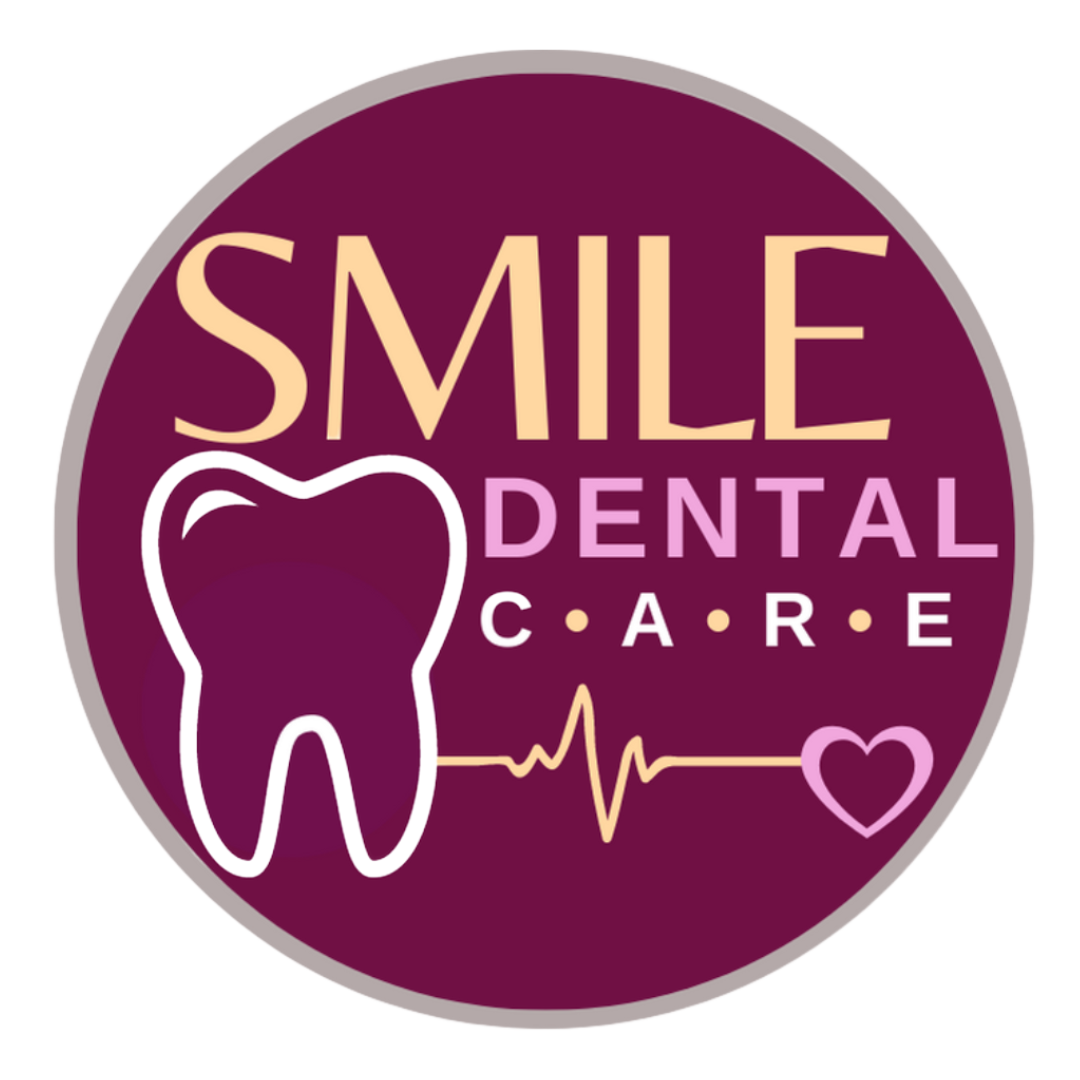Oral Rehabilitation - Bone Grafting Procedure
Oral Rehabilitation - Bone Grafting Procedure
Bone grafting is a crucial preparatory step for many dental procedures, including dental implants and other oral rehabilitation measures. The procedure involves using natural or synthetic bone material to repair, build, and strengthen weakened or degenerated bone in the jaw. This enables a strong foundation for future dental work and plays a pivotal role in the overall success and longevity of oral rehabilitation.
Key features and benefits of bone grafting include:
Restorative Foundation: Bone grafting acts as a solid foundation for dental implants and other reconstructive dental procedures, ensuring their stability and success.
Jaw Structure Maintenance: Bone grafting helps maintain the integrity of your jawbone, preventing the sunken facial appearance that can occur with bone loss.
Preventive Measures: A bone graft can preemptively tackle the issue of bone loss due to periodontal disease, improving the chances of successful dental interventions later on.
Biocompatibility: Modern bone graft materials are biocompatible, reducing the risk of infection, rejection, or complications during the healing process.
Improved Aesthetics: A well-executed bone graft enhances the aesthetic result of subsequent dental procedures, leading to a more natural and appealing smile.
Versatility: Bone grafting can be combined with a variety of other treatments, such as sinus lifts or ridge augmentations, to prepare for complex oral rehabilitations.
Procedure Overview
The bone grafting process typically involves consultation, graft material selection, surgical placement, healing, and evaluation. The duration can vary based on individual needs and the specific type of graft used, but a common timeline spans from several weeks to a few months.
Candidate Suitability
If you’re considering bone grafting, a comprehensive examination is essential to determine your suitability for the procedure. Factors like existing bone density, your current state of oral health, and general health conditions will be assessed to ensure that bone grafting is the optimal choice for your oral rehabilitation needs.
Appointment
Make Appointment And Take Care Of Your Dental Health
We’re dedicated to providing you with convenient and hassle-free dental care. Scheduling your next dental appointment has never been easier.
Denteur Location
Morris Avenue
586 Morris Avenue, Bronx, NY 10451
Eastchester
2344 Eastchester Rd, Bronx, NY 10469
Working Hours
Monday - Thursday :
- 09.00 A.M - 02.00 P.M
Friday - Saturday :
- 09.00 A.M - 01.00 P.M

